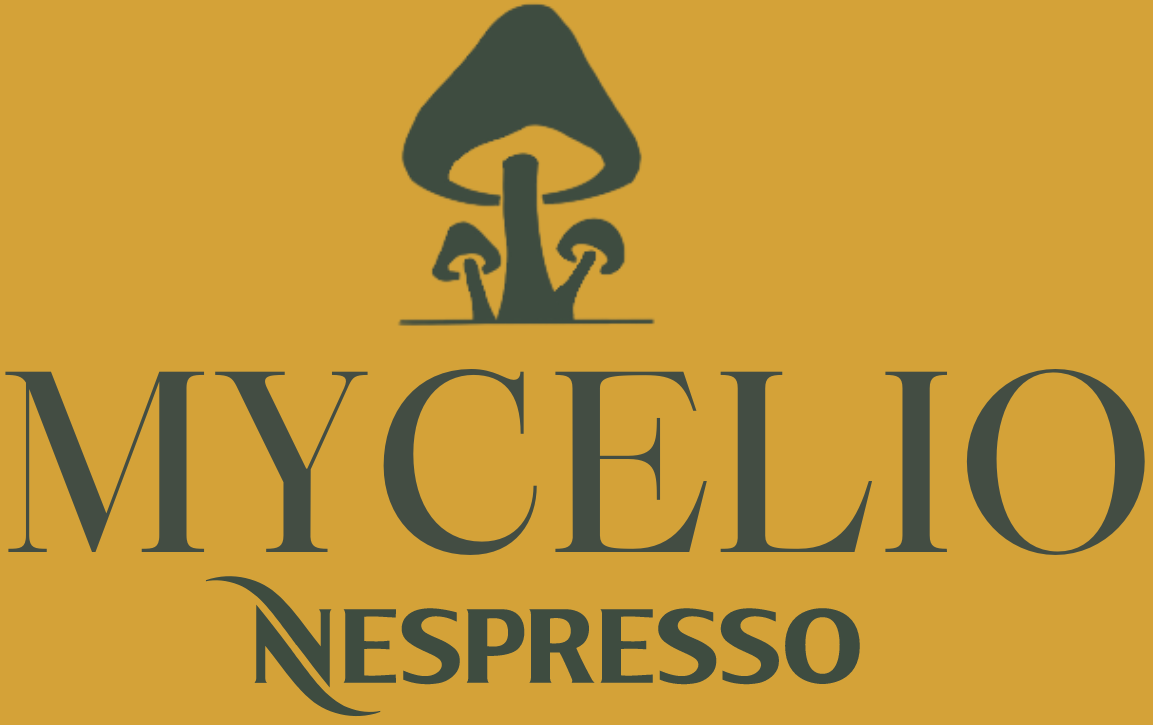
Having done the research and analysed it to collect all the vital information, it is now time to set a clear vision for the future. This is done by determining a clear target group, creating a measurable list of requirements and phrasing a stated purpose.
Design vision
List of requirements
Through the analysis phase, valuable information has been collected and is now translated into requirements that will set an aim for the design process and will later be used to evaluate the product. Below the list of requirements can be seen together with comments about their reasoning.
-
1.1 The coffee machine’s retail price for the basic version shall be < € 150
Company requirement
1.2 The coffee machine’s retail price for the upgrade version shall be < € 250Company requirement
-
2.1 The solution shall keep coffee fresh ≥12 months
Company requirement
2.2 The basic version’s solution shall include Espresso and Lungo
Company requirement
2.3 The upgraded version’s solution shall include Espresso, Lungo, Cappuccino and Latte macchiato
Filter coffee uses a different system and pressures. Filter coffee is less sustainable than pods.
The production process of filter coffee has the most impact on the environment.2.4 The solution shall remain fresh for a week after opening
Market Research
2.5 The solution shall have permeability to air of at least 50 cm^3 *mm m^-2*day^-1*atm^-1 protection
Material research
2.6 The solution shall be UV resistant having at least “Fair” rating on Granta. This rating means that the material will not degrade under normal exposure to sunlight.
Material research comparing to industry standards and using Granta Edupack
2.7 The solution shall be moisture resistant having at least “Excellent” rating on Granta
Material research comparing to industry standards and using Granta Edupack
2.8 The solution shall portion the coffee into 5-7 gramsStandard Nespresso pods use around 5-7 grams.
2.9 The solution shall be able to make 30ml of Espresso and 60ml for Lungo
Based on average coffee portions in Europe
2.10 The solution shall dure at least 9 bars of extraction pressure
Standard extraction pressures used in industry
2.11 The solution shall use certified coffee (Fairtrade)Modern expectations of sustainability and ethical work
2.12 The machine shall only use certified materials (Rainforest Alliance, FSC, Etc.)EU mandates some safety laws (CE). Modern expectations of sustainability and ethical work
-
3.1 Machine design part shall use a thermoplastic that has a young’s modulus that is preferably low since this will ensure that ductile failure occurs over brittle failure
Mechanical analysis of the weakest point in the machine
3.2 The machine shall be durable, by lasting at least 3 years without change in parts
Market research
3.3 The machine shall use and dure 19 bars of water pressure
Standard extraction pressures used in industry
3.4 The machine shall dure a temperature of 83°C, since this is the temperature at which the water is heated to, before it is used to produce the coffee.
Standard temperature used in industry for the production of espresso and lungo, as well as other hot beverages.
3.5 The basic version shall have maximum dimensions of 25x25x30cm
Market research
3.6 The upgraded version shall have maximum dimensions of 30x30x35cm
Market research
3.7 The machine’s water tank shall be at least 1.5lThat gives 50 espressos or 25 Lungos.
3.8 The machine shall contain at least one component that has a hinge/snap-fit that can be made through injection molding, and it must have complex features, such as an undercut.University requirement
3.9 The machine shall have an on/off button, button for each coffee type and a cleaning regime buttonCommon sense
3.10 The machine shall weight less than 5kgMarket research, design analysis
3.11 The machine shall stand firmly on a surface, with no more than a 5-degree tilt in any direction
Common sense
3.12 The machine shall have an IP65 ratingProtected against low pressure jets of water from all directions, limited ingress permitted and fully dust proof
3.13 The machine shall use a thermoplastic with a maximum service temperature above 83C.Material analysis, combined with the knowledge from PPP. This is the temperature of the water in the brewing head. If the material has a service temperature higher than this, it means it will not enter the rubber state, and will remain a glass.
3.14 The machine shall use a material that has a low thermal expansion coefficientMaterial research in Granta. Metals have around 10000 microstrain/°C, whilst thermoplastics have around 50-200 microstrain/°C, so thermoplastics expand significantly less than metals.
3.15 The machine shall look like a Nespresso product: mostly symmetrical, made up of simple geometric shapes, minimalistic, limited colour palette. -
4.1 The act of making the coffee shall take less than 12 steps
As most machines now take that many steps, the same comfort is sought
4.2 The act of cleaning shall be performed via a cleaning pod and removable trays that can be put into the washing machine
Market research
4.3 The act of making coffee shall be clear and possible without a manual
Market research
4.4 The machine shall be safe to use
Common sense + EU laws
4.5 The machine shall have the same user experience for left- and right-handed people
Common sense
-
5.1 The design language shall follow Nespresso, being made from simple geometrical shapes that are combined with rounded edges
5.2 The product shall be available in maximum 4 colors
5.3 The design shall include maximum two colors
